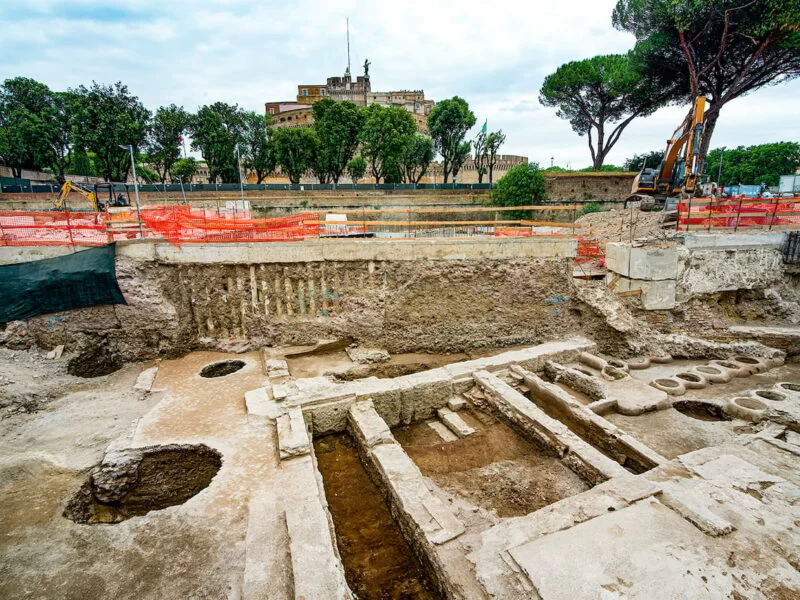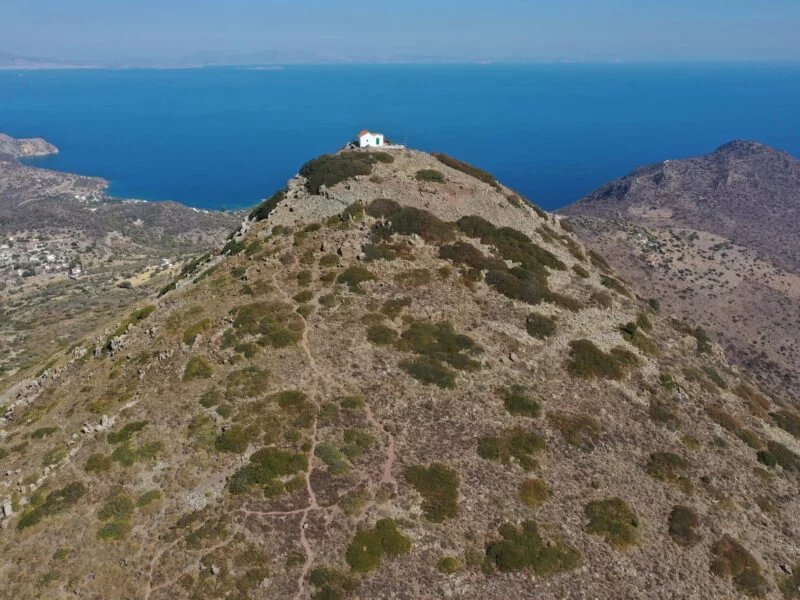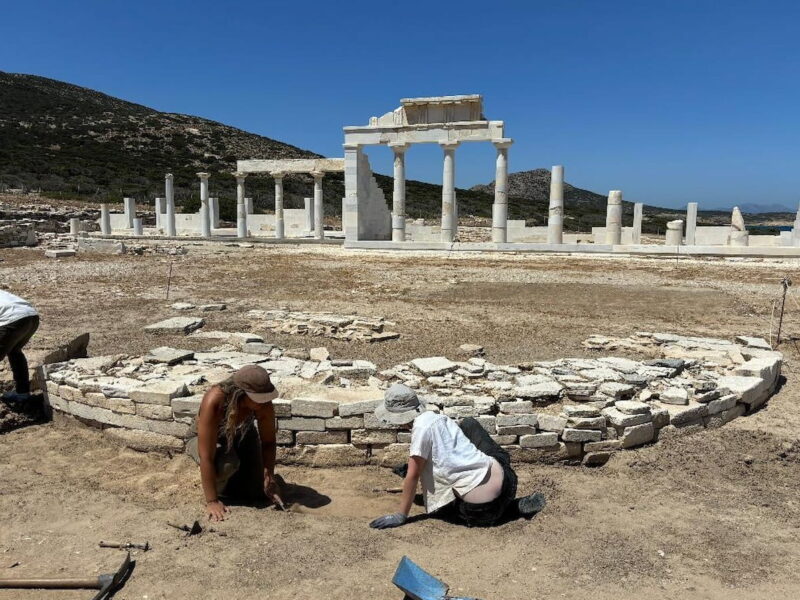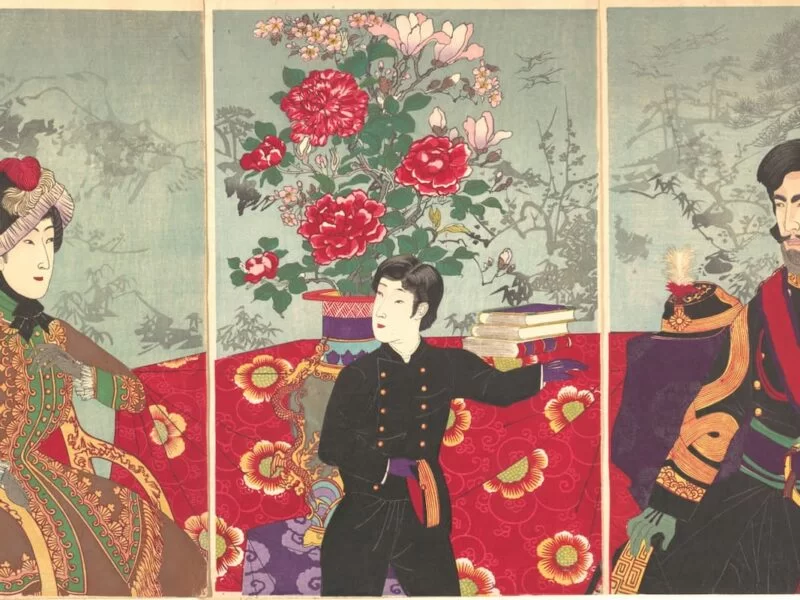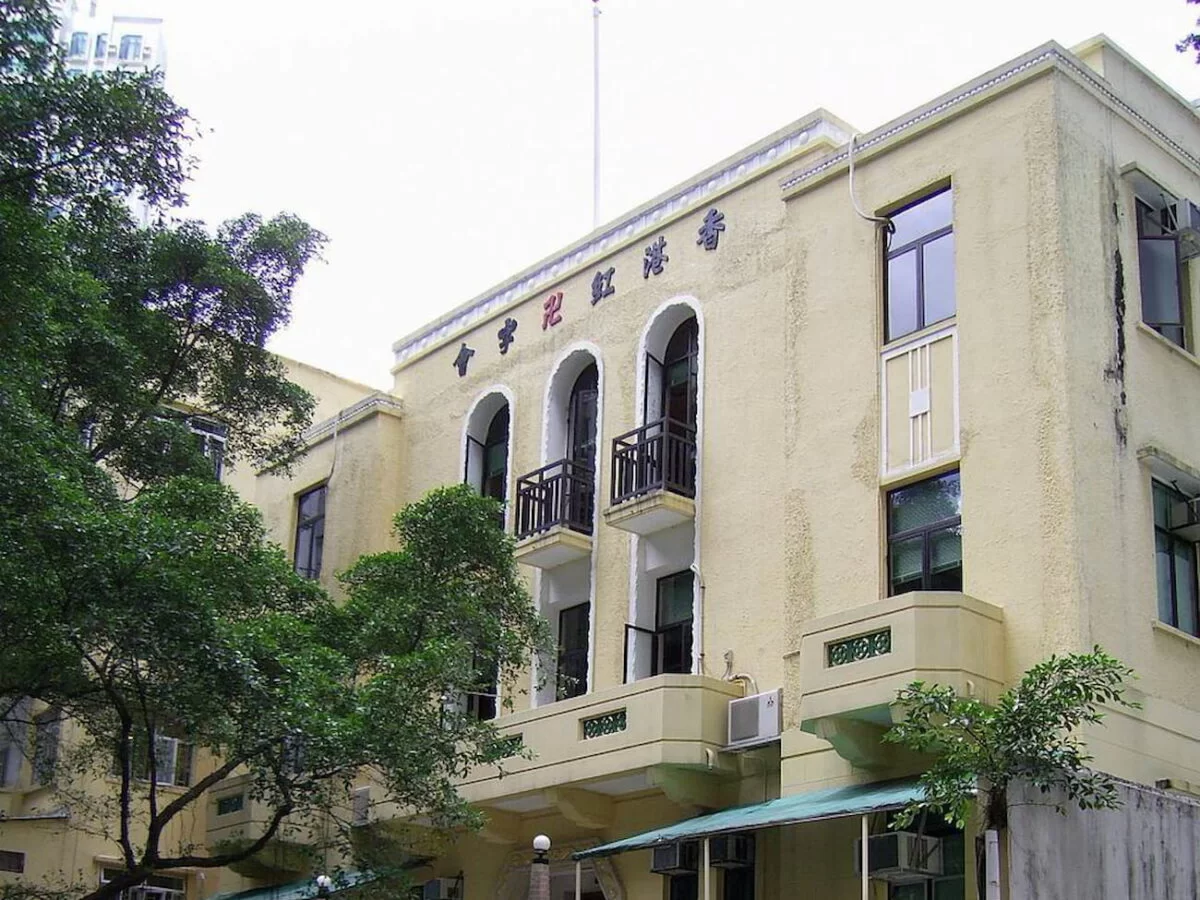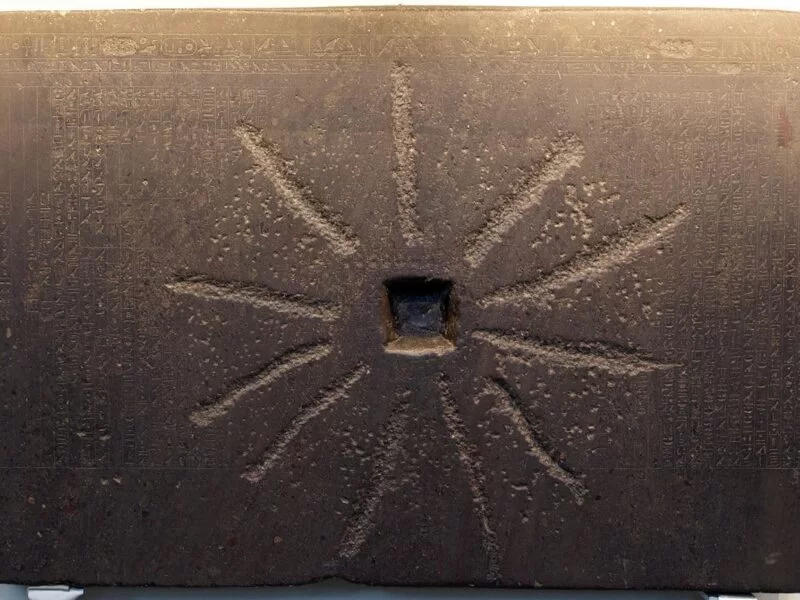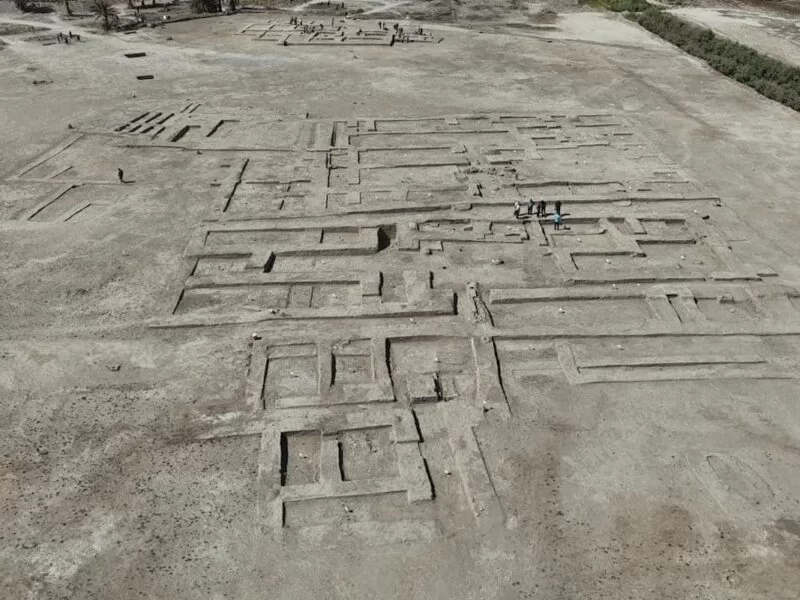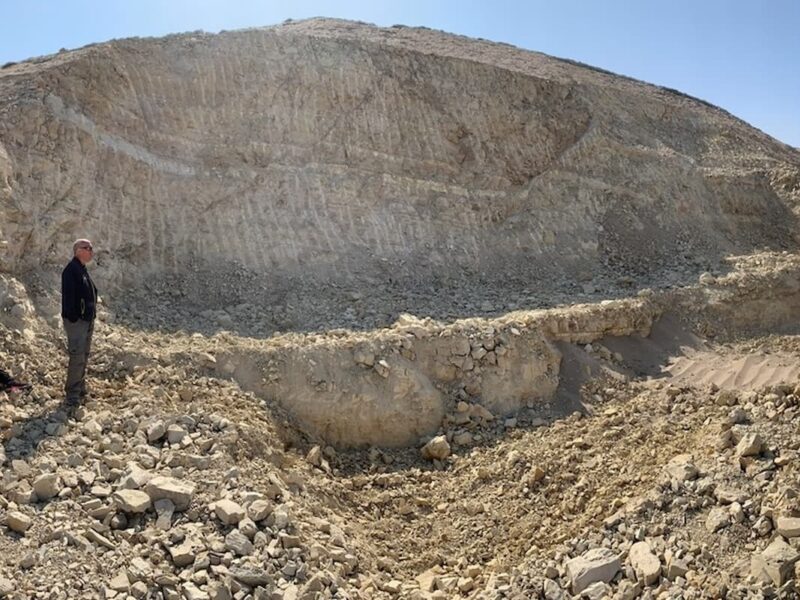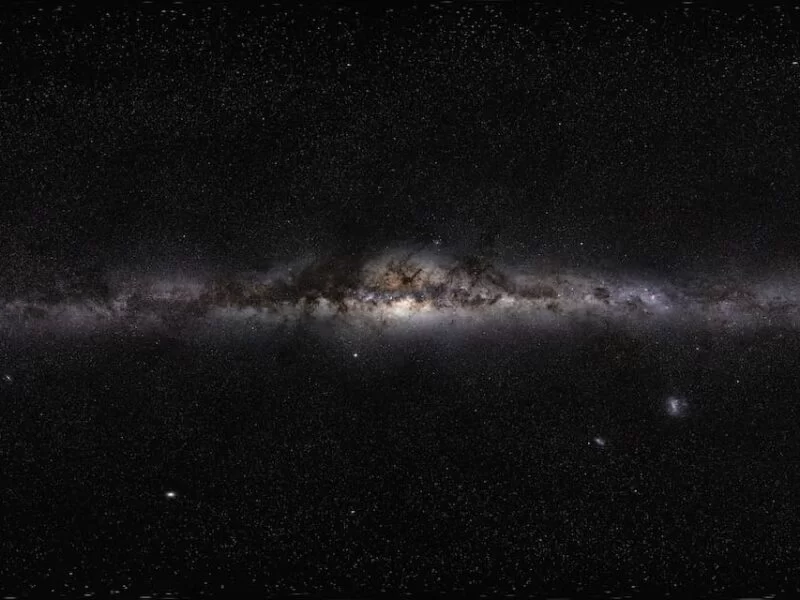In a day of great significance for the history and culture of Terracina, important archaeological discoveries were presented, rewriting part of the past of this ancient Italian city. The event took place on Saturday afternoon as part of free visits to the excavation area of the Sanctuary of Monte Sant’Angelo and attracted a large crowd of citizens and tourists.
The excavations, conducted by the Ludwig-Maximilians University of Munich in collaboration with the Ministry of Culture, have revealed surprising data about the evolution of Terracina, a city with a history spanning from the Iron Age to the medieval period. These investigations have confirmed hypotheses that had been proposed for years, while also dismantling certainties that, until now, were considered unshakable in local historiography.
Researchers Francesca Diosono and Miriam Knechtel, who lead the work, along with the staff of the Città di Terracina Foundation, explained to attendees the new evidence discovered during the past months of excavation.
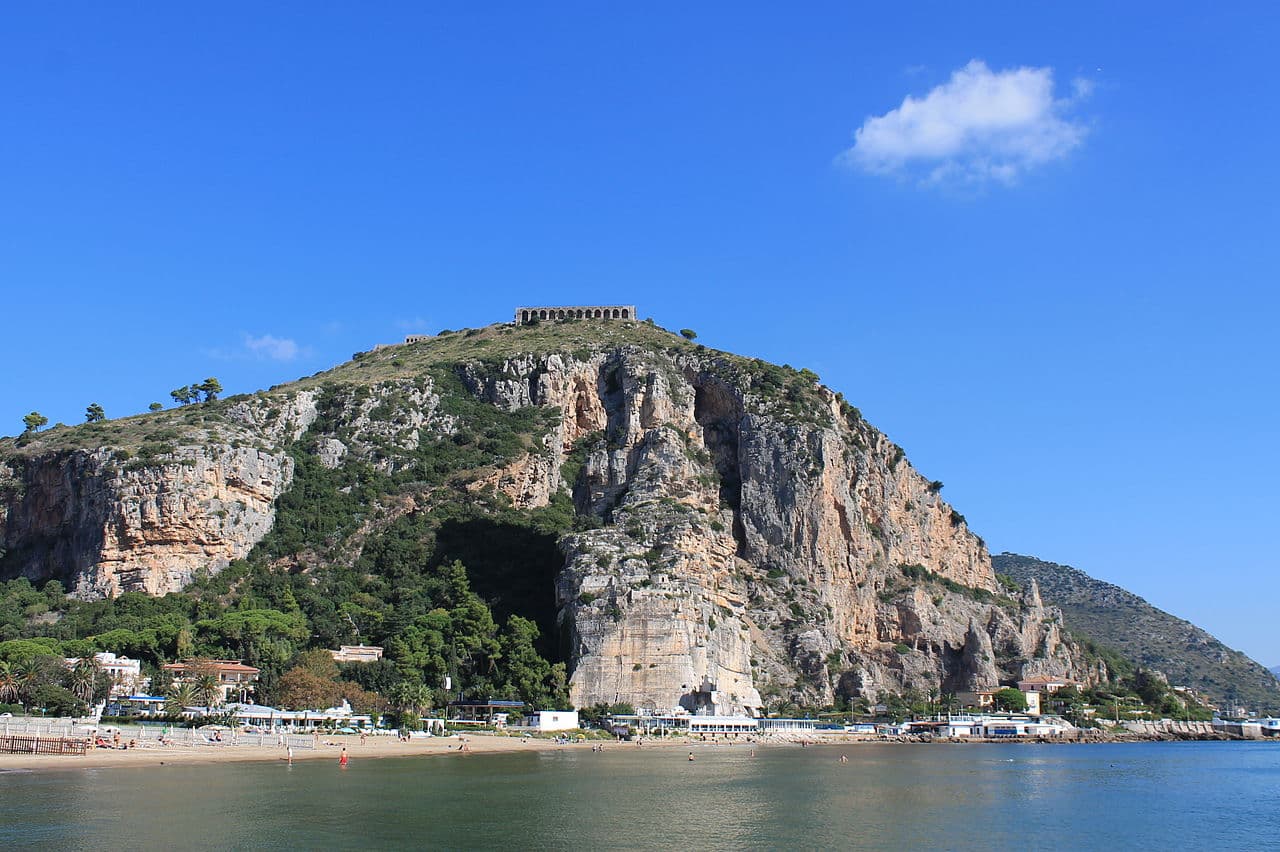
One of the most surprising revelations is the confirmation that Terracina existed as a city in the 6th century BC, much earlier than it was known as Anxur. At that time, Terracina was not a Roman colony but maintained a friendly relationship with Rome, as reflected in the Roman request to the Carthaginians to “not touch Terracina” during the Punic Wars. This fact highlights the strategic importance of the city, which already had a vital port for trade at that time, including the export of high-quality wine to other parts of Europe, as demonstrated by finds of sunken ships off the French coast.
Another of the most significant discoveries is related to the temples of the goddesses Feronia and Venus. According to the evidence found, the city developed around the Sanctuary of Monte Sant’Angelo, where a temple dedicated to the goddess Feronia was located, dating back to the 4th century BC. Later, in the 2nd century BC, a second temple known as the Piccolo Tempio was built, oriented toward Monte Leano, a place associated with Feronia’s spring mentioned by Virgil in his writings.
These findings confirm the existence of a well-organized sacred area from early times, with a network of terraces used for the production of ceramics, textiles, and cheese, long before the monumentalization of the area.

With the arrival of the Volsci, Terracina moved to the valley, becoming Anxur, but retained the sacred area at the top of Mount Sant’Angelo. In this location, on the famous monumental terrace supported by majestic arcades, a large temple was built in the 1st century BC, which was long believed to be dedicated to Jupiter Anxur. However, new research suggests that this sanctuary was actually consecrated to Venus Obsequens, one of the most revered deities in the Roman world. The structure, of which only the podium remains today, seems to resolve a long-standing debate among experts about the true identity of the temple.
In addition, work on the so-called terrazza superiore has revealed traces of a semicircular plaza and remains of capitals and columns, indicating the possible existence of another temple in this area, along with walls dating to the 2nd century BC. This area, however, will require further studies and excavations to gain a complete understanding of its function and significance within the sacred complex.
The event was widely praised by local authorities. Francesco Di Mario, president of the Città di Terracina Foundation, expressed his satisfaction with the success of the day: The new research allows us to redefine the history of Terracina and the surrounding area, and we are convinced that the sacred area of Monte Sant’Angelo still has many secrets to uncover. We hope that events like this become a tradition.
SOURCES
Discover more from LBV Magazine English Edition
Subscribe to get the latest posts sent to your email.


